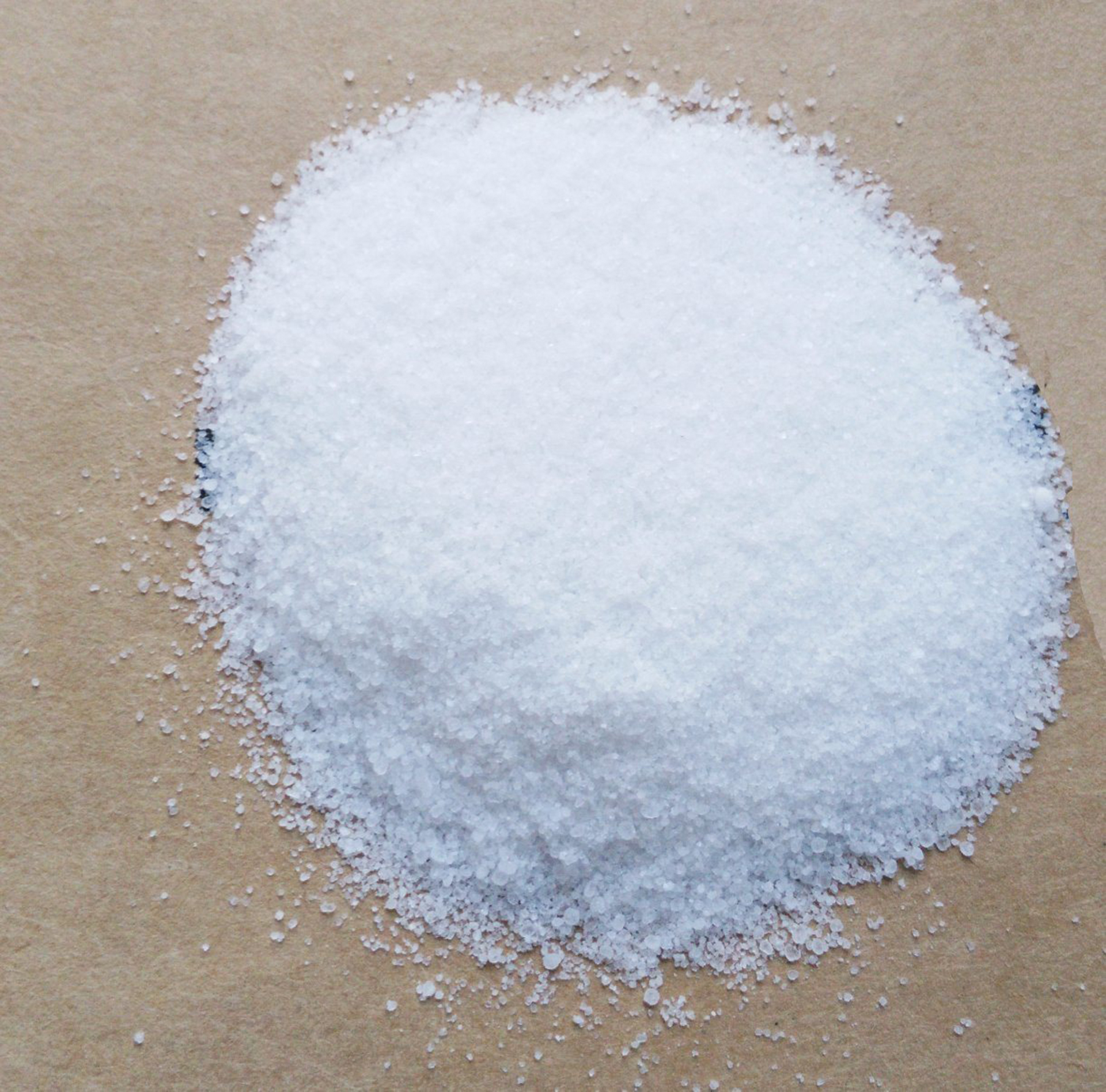



alumina ceramic crucible
The Significance of Alumina Ceramic Crucibles in Modern Applications
Alumina ceramic crucibles are essential components in various industrial and scientific processes due to their excellent temperature resistance, chemical stability, and mechanical strength. These crucibles, often made from high-purity alumina (Al2O3), play a critical role in fields such as metallurgy, materials science, and analytical chemistry. This article explores the properties, advantages, and diverse applications of alumina ceramic crucibles.
Properties of Alumina Ceramic Crucibles
Alumina ceramic is renowned for its outstanding thermal properties. With a melting point exceeding 2000°C (3632°F), alumina crucibles can withstand extreme temperatures without deforming or degrading. This high-temperature resistance makes them ideal for processes such as metal smelting and glass production, where other materials would fail.
In addition to their thermal stability, alumina crucibles exhibit remarkable chemical inertness. They are resistant to most acids and bases, which is crucial in preventing contamination during high-temperature reactions. This chemical durability ensures that the crucibles maintain their integrity even in highly reactive environments, making them suitable for a variety of applications involving corrosive substances.
Mechanical strength is another vital property of alumina ceramic crucibles. They possess a high modulus of rupture, meaning they can withstand substantial mechanical stress without breaking. This strength is particularly important in processes involving sudden temperature changes or when handling heavy materials.
Advantages of Using Alumina Ceramic Crucibles
The use of alumina ceramic crucibles presents several advantages
1. High Purity High-purity alumina crucibles are often manufactured with minimal impurities, which ensures that the results of experiments or processes conducted in them are not compromised by unwanted trace elements.
2. Reusability Alumina crucibles can be reused multiple times, provided they are cleaned and maintained properly after each use. This quality is both cost-effective and environmentally friendly.
alumina ceramic crucible

4. Versatility Alumina crucibles can be used for various applications, from melting metals and alloys to sintering ceramics and conducting high-temperature analytical tests.
5. Size and Shape Variety These crucibles are available in different sizes and shapes, allowing for their use in a wide range of equipment and applications.
Applications of Alumina Ceramic Crucibles
Alumina ceramic crucibles are utilized in numerous industries
1. Metallurgy In metallurgy, alumina crucibles are commonly used for melting non-ferrous metals like aluminum, copper, and precious metals. Their ability to handle high temperatures without chemical interference makes them invaluable in this field.
2. Material Science Researchers in material science employ alumina crucibles for sintering and ceramic processing. Their high-temperature capabilities enable the development of advanced materials with superior properties.
3. Chemical Analysis In analytical chemistry, alumina crucibles are utilized for ashing and calcining samples. Their chemical resistance ensures that the results obtained from such processes are accurate and reliable.
4. Manufacturing The ceramics industry uses alumina crucibles for firing ceramic products, as they provide a stable and controlled environment for achieving desired characteristics in finished goods.
5. Jewelry Making Artisans involved in jewelry making often use alumina crucibles for melting metal alloys, enabling precise control over the alloying process to achieve specific properties and finishes.
Conclusion
In conclusion, the significance of alumina ceramic crucibles in modern applications cannot be overstated. Their high-temperature resistance, chemical inertness, and mechanical strength make them indispensable in various industrial and scientific processes. As industries continue to evolve and demand more advanced materials and methodologies, the role of alumina ceramic crucibles will likely expand, further solidifying their place as a critical component in technological advancement. Whether in high-precision laboratories or large-scale manufacturing facilities, alumina crucibles are a testament to the remarkable capabilities of ceramic materials in overcoming contemporary challenges.
-
Why Sodium Persulfate Is Everywhere NowNewsJul.07,2025
-
Why Polyacrylamide Is in High DemandNewsJul.07,2025
-
Understanding Paint Chemicals and Their ApplicationsNewsJul.07,2025
-
Smart Use Of Mining ChemicalsNewsJul.07,2025
-
Practical Uses of Potassium MonopersulfateNewsJul.07,2025
-
Agrochemicals In Real FarmingNewsJul.07,2025
-
Sodium Chlorite Hot UsesNewsJul.01,2025










